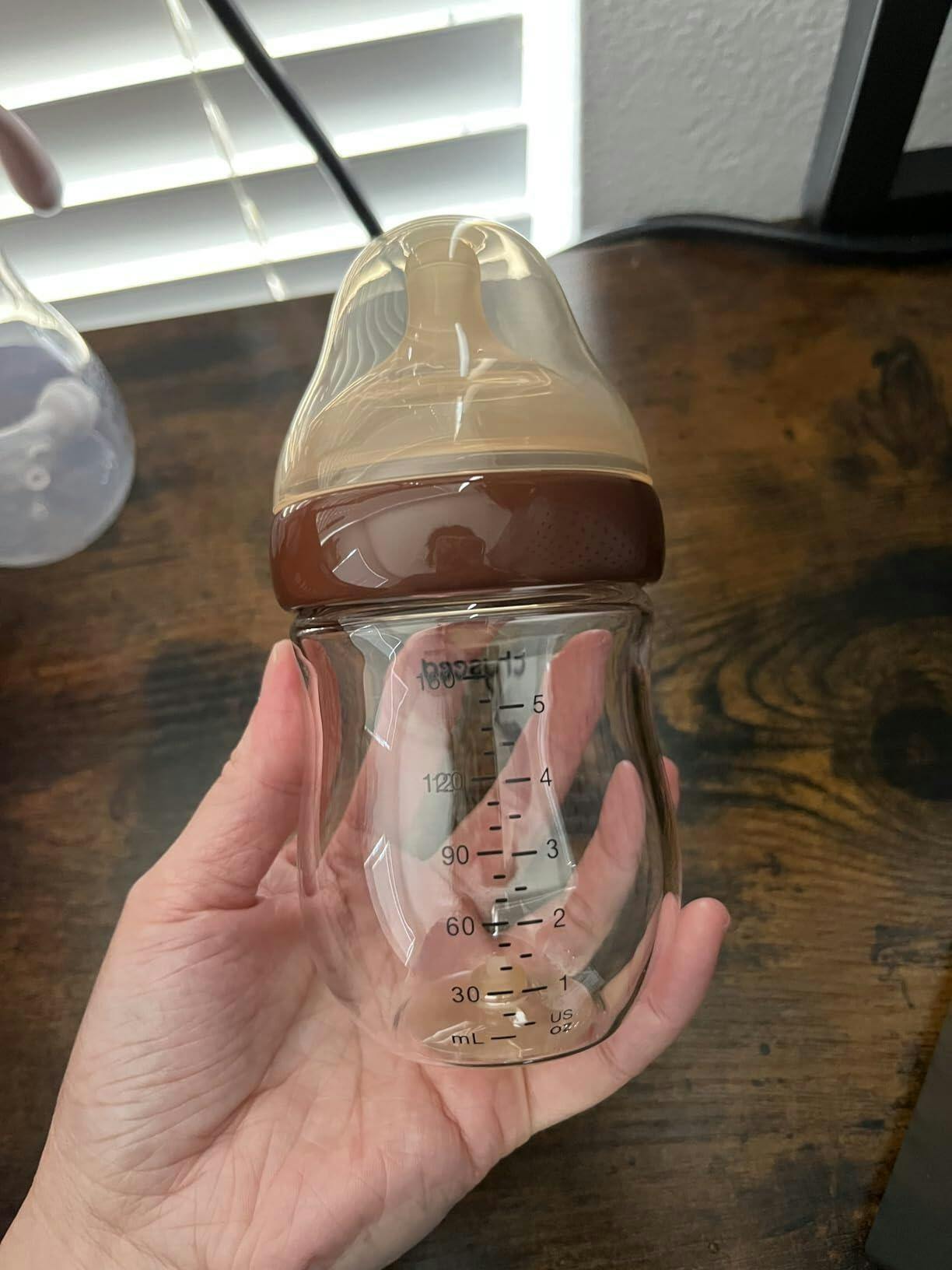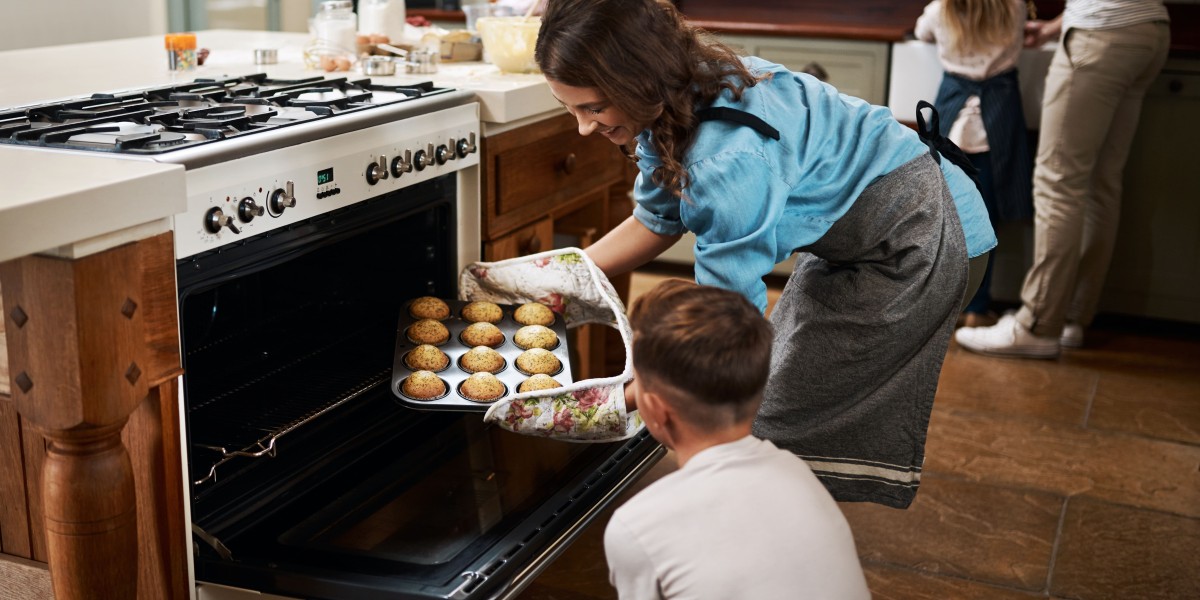Discover the Secret to Happy Feeding: Unveiling the Ultimate Anti-Colic Bottles!
Colic is a term that every new parent dreads. It refers to excessive crying in infants, typically due to discomfort or pain in their little tummies. This condition can make feeding times stressful for both babies and parents, leading to frustration and sleepless nights. The right anti-colic bottle can be a game-changer, reducing air intake and helping to alleviate some of these discomforts. In this article, we will explore how to find and choose the best anti-colic bottles available, ensuring that feeding time is a more pleasant experience for both you and your baby.

Understanding Colic and Its Effects on Infants
Colic is typically defined by a pattern of excessive crying in an otherwise healthy infant. It usually manifests as intense crying episodes that last for three hours or more, occurring three days a week, for three weeks or longer. Common symptoms include clenching of fists, arching of the back, and an overall inability to be soothed. The exact causes of colic are still debated among experts; however, factors such as digestive system immaturity, dietary sensitivities, and even environmental stimuli can contribute to this discomfort. The impact of colic extends beyond the baby’s distress; it can leave parents feeling helpless and exhausted, which further complicates the feeding experience.
What Makes an Anti-Colic Bottle Effective?
When it comes to combating colic, an effective anti-colic bottle should have specific features that cater to a baby's needs. One of the primary attributes is a venting system that allows air to escape, reducing the amount of air that the baby swallows during feeding. This helps prevent gas buildup and discomfort. Additionally, the design of the bottle plays a crucial role; bottles that are angled can facilitate proper feeding positions, while those made from soft, flexible materials can mimic breastfeeding and promote a natural latch. Collectively, these features can significantly reduce the incidence of colic symptoms, making feeding a more comfortable experience for infants.
Types of Anti-Colic Bottles Available
There is a diverse range of anti-colic bottles available on the market, each with its pros and cons. Vent system bottles, for instance, are designed with built-in vents that minimize air intake; however, they can be more challenging to clean. Angled bottles help babies feed in a natural position, which can be beneficial, but they may not fit well in standard bottle holders. Silicone bottles are lightweight and often less likely to break, yet their softness can sometimes make it challenging for babies to get a good grip. Understanding these different types allows parents to choose a bottle that best suits their lifestyle and preferences.
Choosing the Right Anti-Colic Bottle for Your Baby
Selecting the best anti-colic bottle requires consideration of your baby's unique needs and preferences. Start by assessing the age of your baby; younger infants may benefit from smaller, lighter bottles, while older babies might be ready for larger sizes. Nipple flow rates are also critical; a slower flow is often better for newborns, as it mimics breastfeeding and helps prevent overfeeding. Additionally, consider your feeding style—whether you prefer to bottle-feed exclusively or occasionally supplement breastfeeding, as this can influence the type of bottle you choose. Ultimately, observing your baby’s comfort during feeding will guide you in making the right decision.
Additional Tips for Reducing Colic During Feeding
While selecting an anti-colic bottle is essential, there are other practical strategies to enhance feeding experiences. One effective method is to pay attention to feeding positions; holding your baby upright can help reduce gas. Incorporating pacing during feeds—allowing breaks for burping—can also be beneficial. Additionally, gentle burping techniques can ease discomfort and help release trapped air. These approaches, combined with the right anti-colic bottle, create a more holistic solution to managing colic and ensuring that feeding times are less stressful for everyone involved.
Making Informed Choices for Better Feeding
In conclusion, colic can be a challenging aspect of early parenthood, but choosing the right anti-colic bottle can significantly ease the feeding experience. By understanding the nature of colic and the features that make an anti-colic bottle effective, parents can make informed choices that cater to their baby's needs. Remember to consider your baby's individual preferences, feeding habits, and any additional techniques to mitigate colic symptoms. With the right tools and strategies, feeding can become a joyful bonding experience rather than a source of stress.








